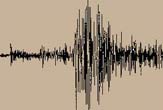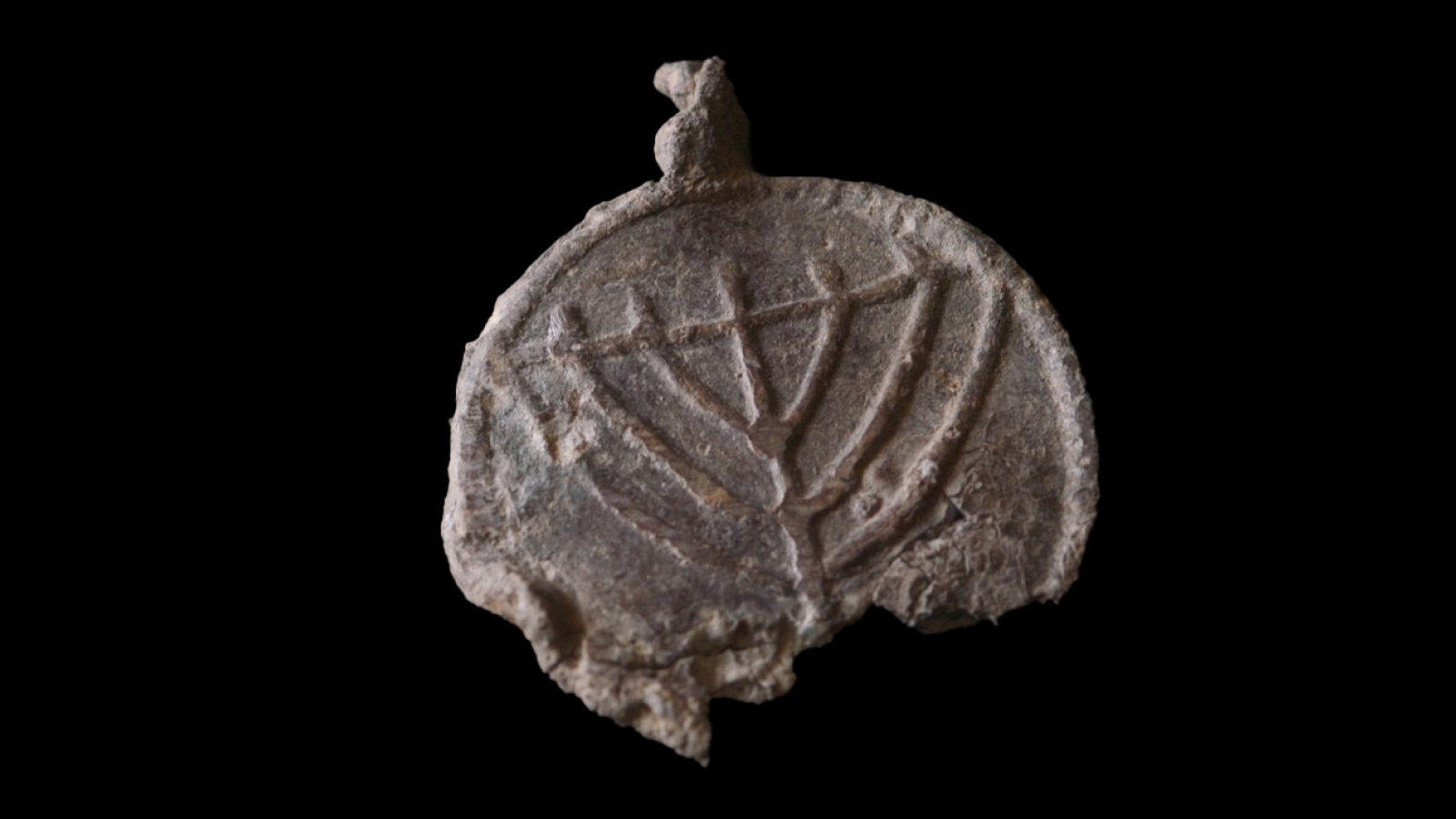Big Hawaiian Earthquake Had Surprising Trigger

SAN FRANCISCO—A new fault formed off the northwest coast of Hawaii on Oct. 15 of this year, and now scientists are figuring out what caused the crack and the ensuing 6.7 magnitude earthquake.
The surprising results were announced here today at a meeting of the American Geophysical Union.
The crack extends about 9 miles in length in the oceanic plate that supports the island. It formed about 35 miles below the sea-surface level, much deeper than quakes typically originate in that region. The temblor set off a chain of events, including a shallower earthquake of magnitude 6.0 and more than 80 aftershocks within a 24-hour period.
The earthquake caused landslides, power outages, and minor damage to buildings on the northwest side of Hawaii.
For an island chain comprised of volcanoes, any shaking and waves of energy triggered by an earthquake can interact with chambers of magma that turn into erupting lava. The October quake, however, actually reduced the activity of most volcanoes on the island with the exception of one confined area on Mauna Loa where activity increased, according to Malcolm Johnston of the U.S. Geological Survey (USGS).
The relationship goes both ways, with the volcanoes known to create earthquakes as pockets of molten rock press upward to form cracks in the surface.
"Most of the earthquakes here are shallow and they are related to the volcanic activity," Johnston told LiveScience in an interview.
Get the world’s most fascinating discoveries delivered straight to your inbox.
The recent earthquake was not caused by volcanic activity, however. Instead, the new study shows, it was triggered by the heft of the volcanoes, which continue to gain weight as more lava flows onto the surface.
- Images: Wild Volcanoes
- Natural Disasters: Top 10 U.S. Threats
- Images: Hawaii Lava Splashes into the Sea
- How Did the Hawaiian Islands Form?
- All About Earthquakes
- All About Volcanoes
Jeanna Bryner is managing editor of Scientific American. Previously she was editor in chief of Live Science and, prior to that, an editor at Scholastic's Science World magazine. Bryner has an English degree from Salisbury University, a master's degree in biogeochemistry and environmental sciences from the University of Maryland and a graduate science journalism degree from New York University. She has worked as a biologist in Florida, where she monitored wetlands and did field surveys for endangered species, including the gorgeous Florida Scrub Jay. She also received an ocean sciences journalism fellowship from the Woods Hole Oceanographic Institution. She is a firm believer that science is for everyone and that just about everything can be viewed through the lens of science.


